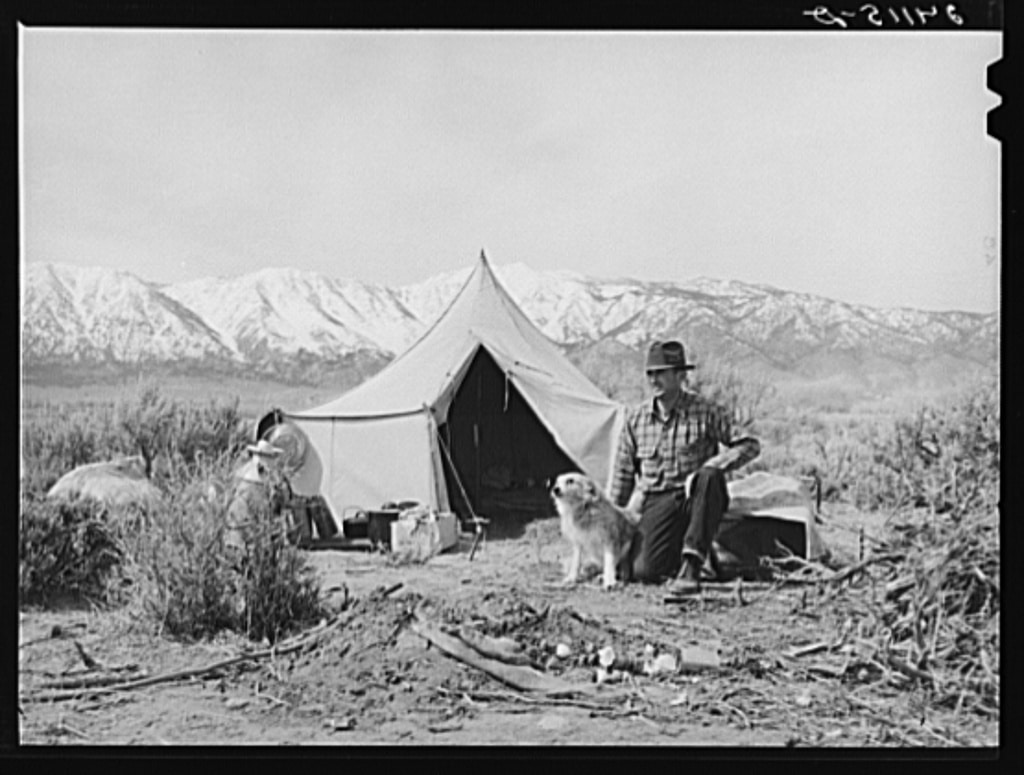Basque Herders in the Southwest
As a visitor of the Coconino National Forest, you should always practice Leave No Trace outdoor ethics. That includes making sure you collect your trash, stay on the roads, and do not leave any markings by writing, scratching, carving into surfaces including trees. Modern Graffiti is taken seriously and carries a heavy fine of up to $100,000 with felony and/or misdemeanor prosecution. We care deeply about our outdoor spaces and would like to preserve it as well as we can. Still here? Good! Now with that out of the way, it takes about 150 years before what was once considered graffiti to become labeled as Historic. Early pioneers left their mark on caves, trees, and cliff walls for many years before it became illegal to claim a space with your name! Some of the early marking were made by a European sheepherding culture, the Basque.
As you are exploring the southwest keep an eye out and you may find some historically significant markings! If you are lucky enough to spot some aspens you may find some Basque carvings. Often they were trail markers, or some (shall we say) risque “art” on occasion for lonelier trips. The Basque are a group of people that originated in Spain and have a deep cultural history. They have roots in Hallstatt culture (Proto-Celtic) before they were Christianized sometime in the 15th century.

Moving from Spain to Northern Arizona
For centuries they were a culture that believed in self governance, and functions as an early democracy. John Adams found inspiration for the Nation’s early Democracy when he was looking for different ways of governance. About the mid 18th Century the Basque began to migrate to the America’s leaving their imprint in the West. They were fleeing oppression from France and Spain, who were fighting for the Basque territory. Once they settled in the Southwest, they started to build up large sheep herds and often marked trees bearing trail markings or spring locations. Today their strongest populations are in Nevada, but ever since the 1900’s the Basque has left their mark in Flagstaff and surrounding areas.
For a hundred years the Basque have made their way through the Flagstaff area herding their animals through the pines and grass. You can sometimes stumble upon their markings on aspen or birch trees. Flagstaff was a common destination as a midway point for their migrations. For decades they had their own boarding house. You will find their old quarters and the ruins of their ball court nestled behind the Tourist Home Cafe. So be sure to note the dates of old carvings in the Aspen trees or on cliff walls. You just might find that the initials are older than you think!
Want to hear more about Northern Arizona’s history? Join one of our tours or call our office at (928) 440-5079 to book a tour.
If you want to explore and find one of the Basque carvings on your own, consider booking a RZR through our rental company Flagstaff Adventure Company.

